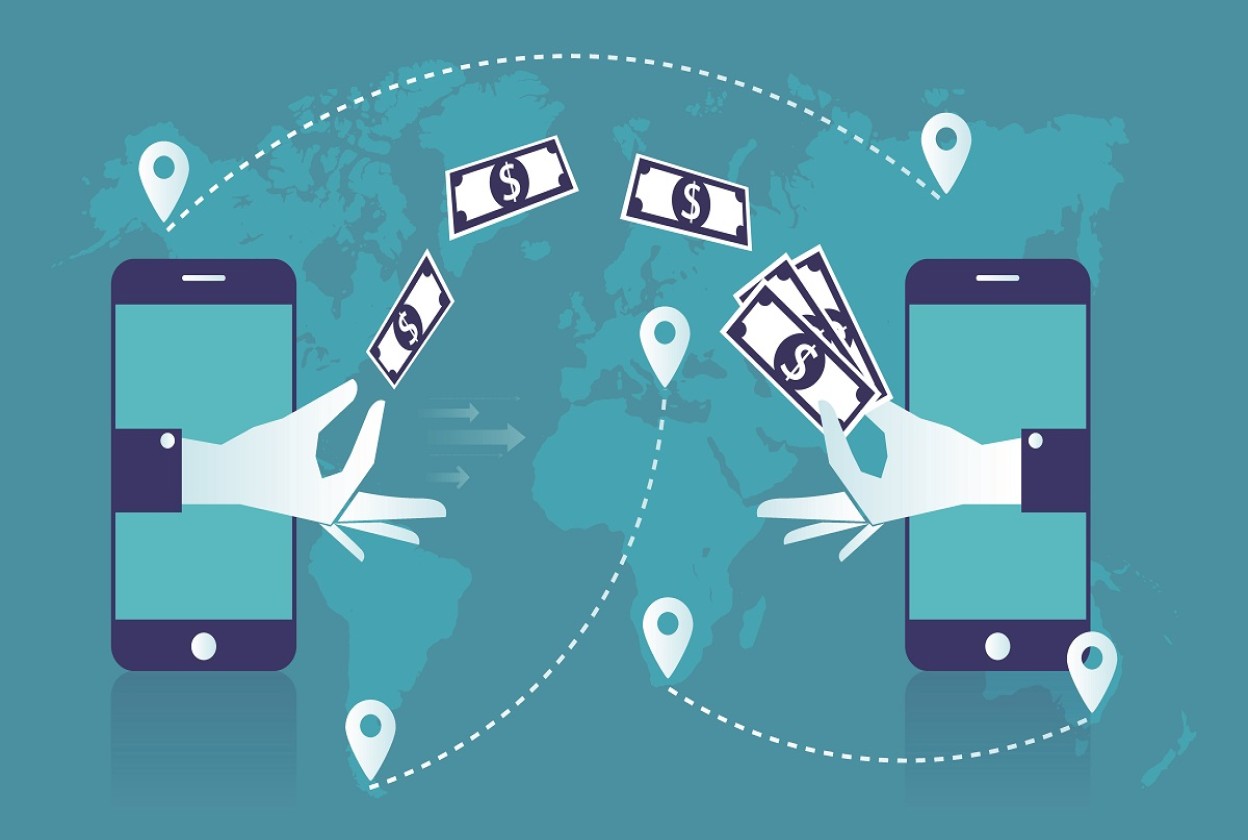
Remittances are an essential source of income for many households in developing countries, with over $500 billion sent worldwide each year. However, the traditional remittance industry is plagued with high fees, slow transaction times, and lack of transparency, making it difficult for people to send and receive money quickly and securely. This is where blockchain technology comes in, offering a new way to send and receive money that is faster, cheaper, and more transparent.
Blockchain technology is a decentralized digital ledger that records transactions in a secure and transparent manner. It allows for peer-to-peer transactions without the need for intermediaries, such as banks or money transfer operators, which can lead to lower fees and faster transaction times. Here are some of the benefits of using blockchain technology for remittances:
The traditional remittance industry is known for its high fees, which can be as much as 10% of the transaction amount. This means that if you send $100, the recipient may only receive $90. With blockchain technology, fees can be significantly reduced since there are no intermediaries involved. Transactions can be processed directly between the sender and the recipient, resulting in lower fees and more money being transferred.
Traditional remittance transactions can take several days to complete, with some taking up to a week or more. This can be problematic for people who need money urgently. With blockchain technology, transactions can be completed in a matter of minutes or hours, depending on the network used. This is because blockchain transactions do not need to go through intermediaries, which can slow down the process.
One of the key features of blockchain technology is its security. Transactions are recorded on a decentralized ledger that is virtually tamper-proof. This means that transactions are less susceptible to fraud and hacking than traditional remittance methods. Blockchain technology also allows for greater transparency, as transactions can be viewed by anyone on the network. This creates a more secure and transparent remittance process for everyone involved.
Many people in developing countries do not have access to traditional banking services, making it difficult for them to send and receive money. Blockchain technology can help solve this problem by providing a way for people to send and receive money without the need for a bank account. This can open up new opportunities for financial inclusion and economic development.
In conclusion, blockchain technology offers a new way to send and receive money that is faster, cheaper, and more secure than traditional remittance methods. It has the potential to revolutionize the remittance industry by providing better access to financial services and improving the lives of millions of people around the world. As blockchain technology continues to evolve, we can expect to see even more innovations in the remittance space that will benefit consumers and businesses alike.